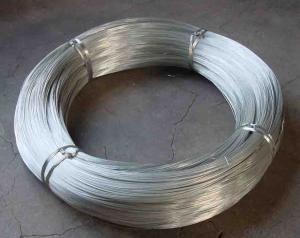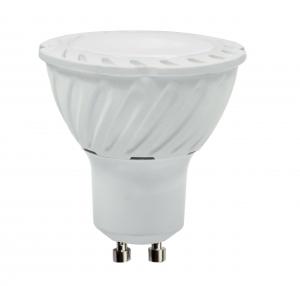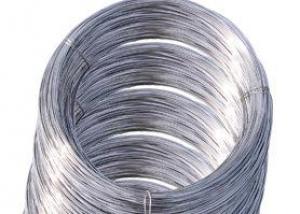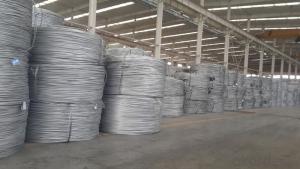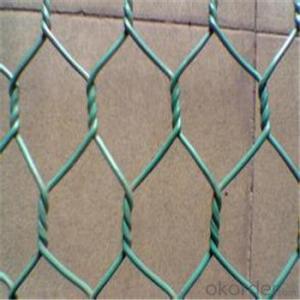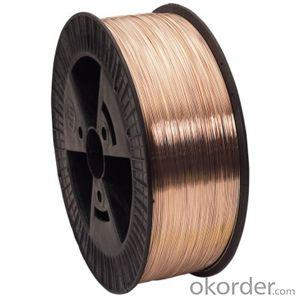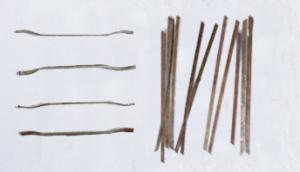Stainless Steel Rod 3/16
Stainless Steel Rod 3/16 Related Searches
Best Paint For Stainless Steel Blanket Insulation For Steel Buildings Primer For Galvanized Steel Foam Filter For Stainless Steel H S Code For Stainless Steel Surface Grinding Wheels For Stainless Steel Surface Grinding Wheels For Hardened Steel Hole Saw For Stainless Steel Paint For Stainless Steel Stainless Steel For BbqHot Searches
Steel Mesh Panels For Sale Price For Stainless Steel Scrap Scrap Price For Stainless Steel Price For Stainless Steel Stainless Steel Tank For Sale Stainless Steel Sheets For Sale Cheap High Tea Sets For Sale Stainless Steel Tanks For Sale Stainless Steel For Sale High Density Fiberboard For Sale Solar Hot Water Collectors For Sale Scaffolding For Sale In Uae Scaffolding For Sale In Ireland Scaffolding For Sale In Houston Type Of Inverter For Solar Price Of Shipping Containers For Sale Types Of Inverter For Solar Stock Price For Aluminum Used Solar Inverter For Sale Steel Mesh Panels For SaleStainless Steel Rod 3/16 Supplier & Manufacturer from China
Okorder.com is a professional Stainless Steel Rod 3/16 supplier & manufacturer, offers integrated one-stop services including real-time quoting and online cargo tracking. We are funded by CNBM Group, a Fortune 500 enterprise and the largest Stainless Steel Rod 3/16 firm in China.Hot Products
FAQ
- There are several methods used for cutting stainless steel wire, each with its own advantages and limitations. 1. Wire Cutters: This is the most common method of cutting stainless steel wire. Wire cutters are handheld tools with sharp blades that can easily slice through the wire. They are relatively inexpensive and can be used for both small and larger gauge wires. However, they may not be suitable for very thick or hardened stainless steel wires. 2. Metal Shears: Metal shears are also commonly used for cutting stainless steel wire. These tools have long blades and are designed to cut through metal with ease. Metal shears can handle thicker and harder stainless steel wires compared to wire cutters. However, they may be more expensive and require more force to operate. 3. Angle Grinder: An angle grinder equipped with a cutting disc can also be used to cut stainless steel wire. This method is suitable for thicker wires and provides a clean and precise cut. However, angle grinders can be expensive and require proper safety precautions, such as wearing protective goggles and gloves. 4. Laser Cutting: Laser cutting is a highly precise and efficient method for cutting stainless steel wire. It uses a focused laser beam to melt and vaporize the material, resulting in a clean and accurate cut. Laser cutting is suitable for both thin and thick wires, and it can cut through hardened stainless steel. However, this method requires specialized equipment and is typically used in industrial settings. 5. Waterjet Cutting: Waterjet cutting is another precise method for cutting stainless steel wire. It uses a high-pressure jet of water mixed with an abrasive material to cut through the wire. Waterjet cutting is suitable for various wire thicknesses and provides a smooth and burr-free cut. However, it also requires specialized equipment and is commonly used in industrial applications. Overall, the method of cutting stainless steel wire depends on factors such as wire thickness, hardness, precision requirements, and available equipment. It is important to select the appropriate method based on these factors to ensure a clean and accurate cut.
- Yes, stainless steel wire can be used for making wire mesh baskets. Stainless steel is a popular choice for wire mesh baskets due to its high strength, durability, and corrosion resistance. It can withstand high temperatures, making it suitable for various industrial applications such as food processing, medical equipment sterilization, and parts cleaning. Stainless steel wire mesh baskets are commonly used for holding and transporting items, providing a sturdy and reliable solution for storage and organization.
- What's the meaning of the 3 Series 4 series stainless steel wire?
- It's the 304 series304 is a versatile stainless steel which is widely used in the manufacture of equipment and parts requiring good overall performance (corrosion resistance and formability). In order to maintain the inherent corrosion resistance of stainless steel, steel must contain more than 16% chromium, more than 8% of the nickel content. 304 stainless steel is a brand of stainless steel produced according to the ASTM standard in the United states. 304, equivalent to our 06Cr18Ni9 [according to GB/T 20878-2007 has been changed to 06Cr19Ni10] stainless steel.
- The chemical industry extensively utilizes stainless steel wire, thanks to its exceptional properties and versatility. Consequently, stainless steel wire finds various applications in this industry, including: 1. Filtration: In chemical processes, stainless steel wire mesh is commonly employed as a filtration medium. It proficiently eliminates impurities and particles from liquids and gases, thereby ensuring the purity of the end product. The corrosion-resistant nature of stainless steel renders it perfect for this purpose. 2. Conveying and handling corrosive substances: To handle, lift, and transport corrosive chemicals and materials, stainless steel wire ropes are frequently employed. They exhibit resistance to corrosion, abrasion, and high temperatures, thereby making them suitable for harsh environments. 3. Support structures: Stainless steel wire ropes and cables often serve as support structures for heavy equipment and structures in chemical plants. They provide strength, durability, and corrosion resistance, thereby guaranteeing the safety and stability of the installations. 4. Heat exchangers: In many chemical processes, stainless steel wire is used in the construction of heat exchangers, which play a crucial role. The high heat conductivity of stainless steel enables efficient heat transfer while resisting corrosion, thereby ensuring the longevity and dependability of the equipment. 5. Reactor vessels and storage tanks: Due to its excellent corrosion resistance, stainless steel wire is frequently utilized in the fabrication of reactor vessels and storage tanks. It can endure exposure to a wide range of chemicals while maintaining the integrity of the containment system. 6. Instrumentation and control systems: Various instruments and control systems in the chemical industry incorporate stainless steel wire in their construction. This is because stainless steel wire possesses high electrical conductivity and corrosion resistance, making it suitable for wiring, connectors, and circuitry components. All in all, stainless steel wire is an essential material in the chemical industry due to its corrosion resistance, high strength, and exceptional performance in demanding environments. Its applications span from filtration and conveying to structural support, heat exchange, and instrumentation, making it an indispensable resource in chemical processes.
- 0.1mm stainless steel wire how butt welding, what equipment is more solid welding?
- Buy a touch welding machine on the line, and 1 of them can be welded together, 0.1 of the certainly no problem.
- Stainless steel wire mesh trays are widely used in industrial drying processes due to their numerous advantages. These trays are specifically designed to withstand high temperatures, making them suitable for drying applications that involve heat. In industrial drying, stainless steel wire mesh trays are typically used to hold and support materials that need to be dried. The wire mesh construction allows for proper airflow, ensuring even and efficient drying. The open design of the trays allows hot air to circulate through the material, promoting faster drying times and preventing the formation of moisture pockets. These trays are commonly used in industries such as food processing, pharmaceuticals, chemicals, and textiles, where materials need to be dried thoroughly and quickly. They can be used in various drying methods like convection drying, where heated air is circulated around the material, or infrared drying, where the trays are exposed to infrared radiation for targeted drying. Stainless steel wire mesh trays are preferred over other materials like plastic or aluminum due to their durability and resistance to corrosion. They can withstand harsh chemicals, high temperatures, and heavy loads without warping or deforming, ensuring a long lifespan and reliable performance. Additionally, these trays are easy to clean and maintain, which is crucial in industries where hygiene is a priority. The wire mesh design allows for easy removal of any debris or residue, minimizing the risk of contamination during subsequent drying cycles. In summary, stainless steel wire mesh trays are essential tools in industrial drying processes. Their ability to withstand high temperatures, promote efficient airflow, and resist corrosion makes them ideal for various drying applications. These trays contribute to faster drying times, better product quality, and improved overall productivity in industrial settings.
- Yes, stainless steel wire can be used for wire mesh baskets. Stainless steel is a durable and corrosion-resistant material, making it an ideal choice for applications that require strength and hygiene, such as wire mesh baskets used in various industries including food processing, medical, and industrial manufacturing.
- Which is expensive, brushed stainless steel or mirror stainless steel?
- Stainless steel drawing plate is natural, and rose gold drawing plate is basically a coating on the stainless steel wire drawing board, the surface corrosion resistance, abrasion resistance than ordinary stainless steel strong. Obviously, it must be rose gold. As for


















